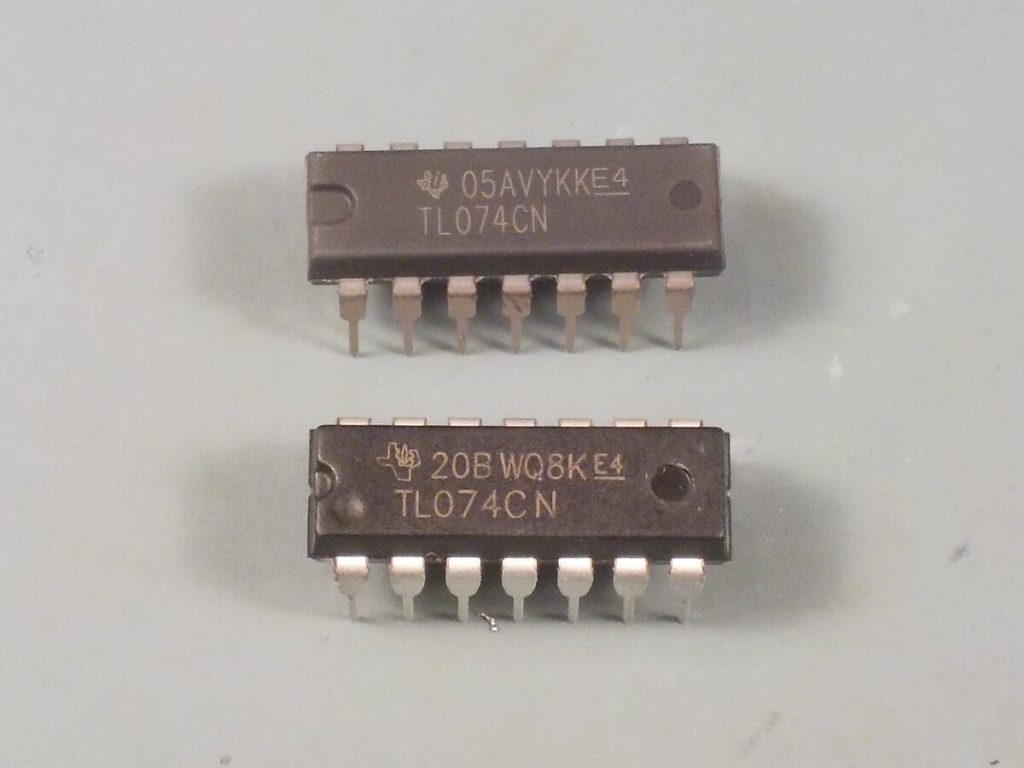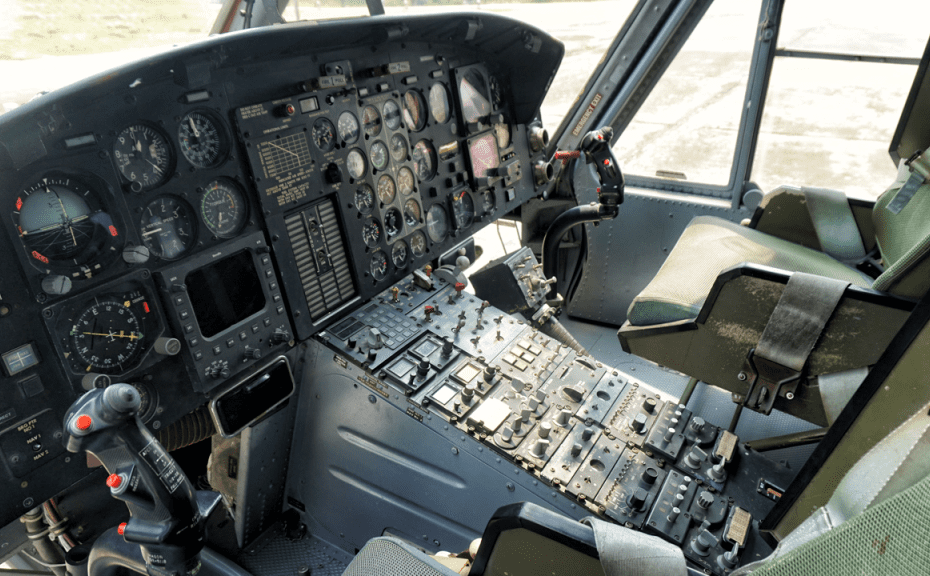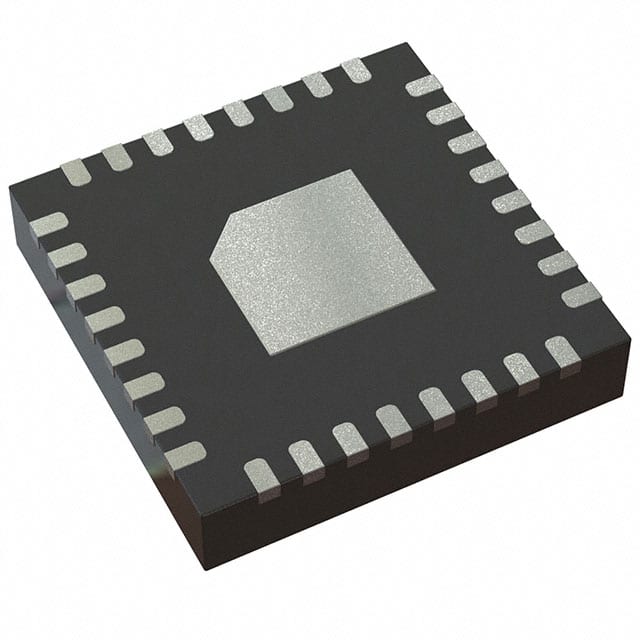The Pentagon relies on a complex network of suppliers to keep its operations running smoothly. Unfortunately, recent reports have revealed that this network is being infiltrated by counterfeit parts—parts that appear genuine but are actually defective and potentially dangerous if introduced to a network. This has become an increasingly critical issue for the US military, one that must be addressed if our supply chain is to remain reliable and secure.
A Growing Issue
For decades, counterfeit components have found their way into the Pentagon’s supply chain, but in recent years, their prevalence has considerably grown.The Senate Armed Services Committee reported in 2019 that the Department of Defense bought over 1 million questionable parts between 2012 and 2018. The same report found that many of these parts had originated from China—a nation known both for its low-cost labor and its lax intellectual property laws.
The Risks Involved
The presence of false parts can lead to a variety of potential problems, ranging from minor inconveniences to potentially fatal situations. In some cases, fake parts may be lighter than their genuine counterparts or may contain hazardous substances such as lead or mercury. In other instances, they may simply fail due to inferior construction or design flaws. The most concerning effect is that these faulty parts have the potential to result in severe injuries or even fatalities when utilized in vital machinery like airplane engines or missile guidance systems.

What Can Be Done?
The Pentagon must act to stop this issue from growing and ensure that only certified components are included in our military supply chain. To start with, it should require stricter monitoring and testing procedures for incoming shipments and conduct regular reviews of existing contracts with suppliers who have been found selling counterfeit goods in the past. It should also work closely with foreign governments, particularly China, to crack down on counterfeiting operations before they come into contact with our own defense networks. Finally, it should keep looking into new methods for quickly identifying fraudulent parts so they may be taken out of circulation without causing any harm.
Fake parts represent a serious threat not only to our military operations but also to public safety in general. The presence of these fraudulent components within our defense networks could potentially lead to catastrophic outcomes if left unchecked, so it’s essential that we take proactive steps now to protect our supply chain against further infiltration by counterfeiters. We can guarantee that only authentic components are entering our military systems by implementing stricter inspection procedures, collaborating with other governments more closely, and utilizing detection techniques—helping to keep both our military and civilians safe.
Learn more at Defense News












